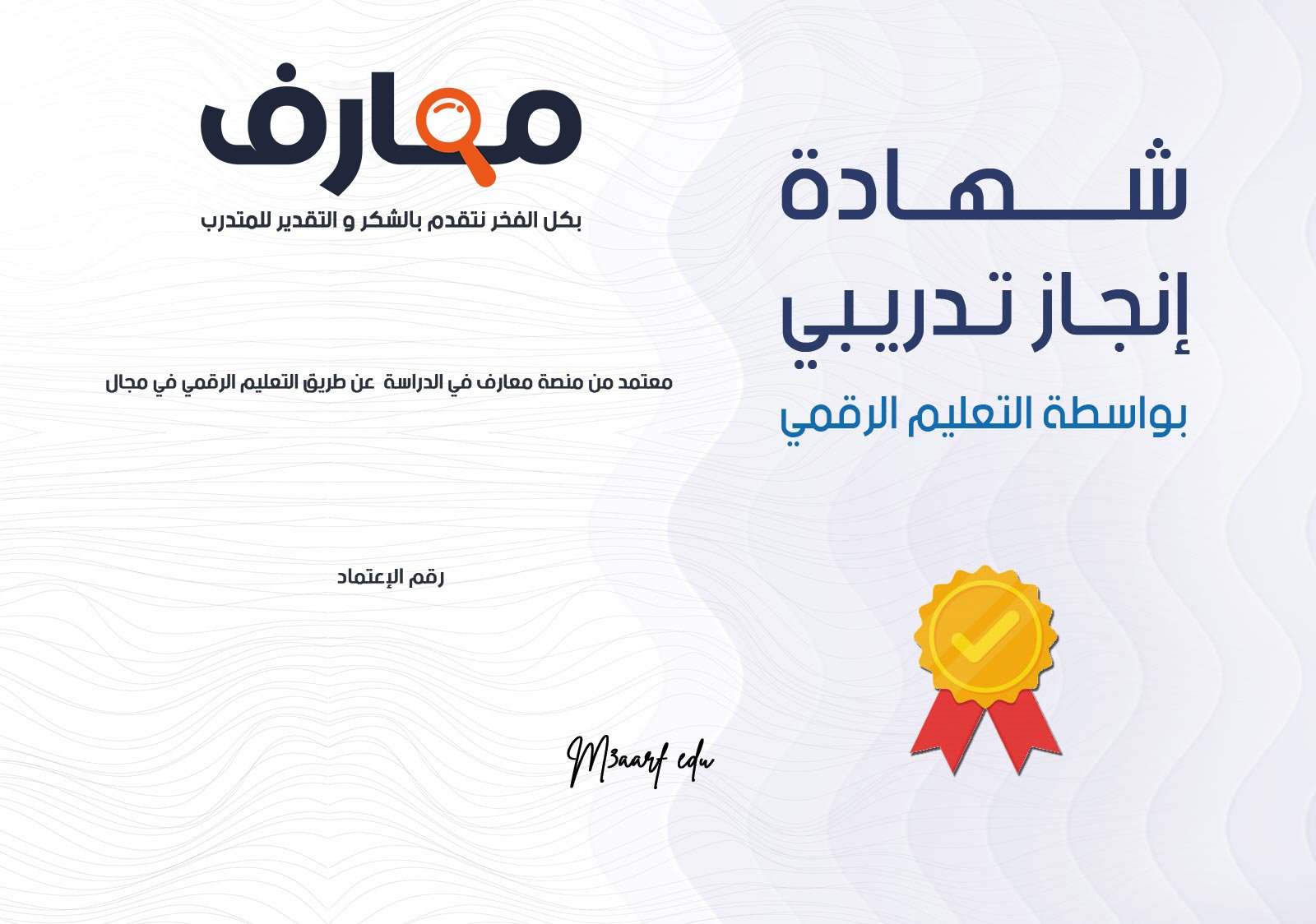Bootstrap is a free and open-source CSS framework directed at responsive, mobile-first front-end web development. It contains CSS- and (optionally) JavaScript-based design templates for typography, forms, buttons, navigation, and other interface components.
Bootstrap is the seventh-most-starred project on GitHub, with more than 142,000 stars, behind freeCodeCamp (almost 312,000 stars) and marginally behind Vue.js framework.[2] According to Alexa Rank, Bootstrap is in the top-2000 in the USA while vuejs.org is in the top-7000 in the USA.[3]
Early beginnings
Bootstrap, originally named Twitter Blueprint, was developed by Mark Otto and Jacob Thornton at Twitter as a framework to encourage consistency across internal tools. Before Bootstrap, various libraries were used for interface development, which led to inconsistencies and a high maintenance burden. According to Twitter developer Mark Otto:
A super small group of developers and I got together to design and build a new internal tool and saw an opportunity to do something more. Through that process, we saw ourselves build something much more substantial than another internal tool. Months later, we ended up with an early version of Bootstrap as a way to document and share common design patterns and assets within the company.[4]
After a few months of development by a small group, many developers at Twitter began to contribute to the project as a part of Hack Week, a hackathon-style week for the Twitter development team. It was renamed from Twitter Blueprint to Bootstrap, and released as an open source project on August 19, 2011.[5] It has continued to be maintained by Mark Otto, Jacob Thornton, and a small group of core developers, as well as a large community of contributors.[6]
Bootstrap 2 and 3
On January 31, 2012, Bootstrap 2 was released, which added built-in support for Glyphicons, several new components, as well as changes to many of the existing components. This version supports responsive web design, meaning the layout of web pages adjusts dynamically, taking into account the characteristics of the device used (whether desktop, tablet, or mobile phone).[7]
The next major version, Bootstrap 3, was released on August 19, 2013. It redesigned components to use flat design and a mobile first approach.[8]
Bootstrap 4
Mark Otto announced Bootstrap 4 on October 29, 2014.[9] The first alpha version of Bootstrap 4 was released on August 19, 2015.[10] The first beta version was released on 10 August 2017.[11] Mark suspended work on Bootstrap 3 on September 6, 2016, to free up time to work on Bootstrap 4. Bootstrap 4 was finalized on January 18, 2018.[12]
Significant changes include:
Major rewrite of the code
Replacing Less with Sass
Addition of Reboot, a collection of element-specific CSS changes in a single file, based on Normalize
Dropping support for IE8, IE9,[contradictory] and iOS 6
CSS Flexible Box support
Adding navigation customization options
Adding responsive spacing and sizing utilities
Switching from the pixels unit in CSS to root ems
Increasing global font size from 14px to 16px
Dropping the panel, thumbnail, pager, and well components
Dropping the Glyphicons icon font
Huge number[quantify] of utility classes
Improved form styling, buttons, drop-down menus, media objects and image classes
Bootstrap 4 supports the latest versions of the Google Chrome, Firefox, Internet Explorer, Opera, and Safari (except on Windows). It additionally supports back to IE9[contradictory] and the latest Firefox Extended Support Release (ESR).[13]
Bootstrap 5
Bootstrap 5 is the upcoming version. Major changes include:[14][15][16][17]
Dropping jQuery in favor of vanilla JavaScript
Rewriting the grid to support columns placed outside of rows and responsive gutters
Migrating the documentation from Jekyll to Hugo
Dropping support for IE10 and IE11
Moving testing infrastructure from QUnit to Jasmine
عرض
المزيد
محتوى دورة تصميم المواقع بإستخدام Bootstrap









